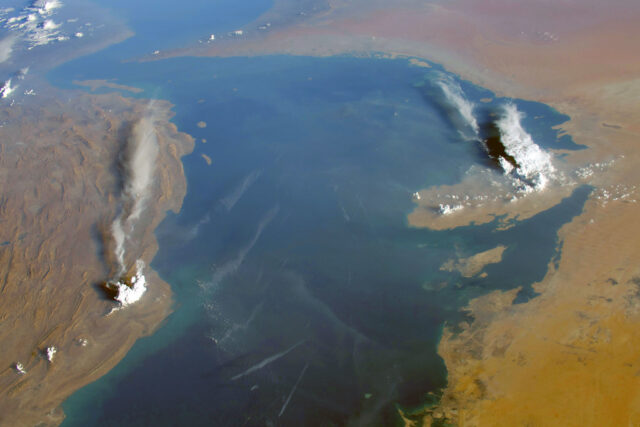Saudi Arabia is a country with a predominantly arid climate, which makes water a scarce and precious resource. Saudi Arabia has several sources of water, including groundwater, desalination, rainwater harvesting, and wastewater recycling. Despite the availability of these sources, water scarcity remains a significant challenge in the country. The government has implemented several measures to conserve water, including the promotion of water-saving technologies and the establishment of a water pricing system. With proper management and conservation practices, Saudi Arabia can ensure a sustainable water supply for its growing population.
Groundwater
Groundwater is one of the primary sources of water in Saudi Arabia. The country has several aquifers, which are natural underground reservoirs that store water. The most significant aquifer in Saudi Arabia is the Nubian Sandstone Aquifer System, which spans across five countries, including Saudi Arabia. The aquifer contains an estimated 150,000 cubic kilometers of water, making it one of the largest in the world.
Other significant aquifers in Saudi Arabia include the Dammam Formation aquifer in the eastern part of the country and the Umm Er Radhuma aquifer in the central and western regions. Groundwater is mostly used for agricultural purposes and for supplying drinking water to rural communities.
Desalination
Saudi Arabia is one of the largest producers of desalinated water in the world. Desalination is the process of removing salt and other minerals from seawater, making it safe for human consumption. The country has several large desalination plants, which use both thermal and reverse osmosis processes to produce freshwater.
The Ras Al-Khair desalination plant, located on the eastern coast of Saudi Arabia, is one of the largest in the world, with a capacity of producing 1.025 million cubic meters of water per day. Desalination accounts for most of the country’s domestic water supply and is also used for industrial purposes.
Rainwater harvesting
Although Saudi Arabia is known for its dry climate, it does receive some rainfall, particularly in the western regions of the country. Rainwater harvesting is a practice that involves collecting rainwater and storing it for later use. Harvesting is commonly used in rural areas, where there is limited access to freshwater sources. The traditional method of rainwater harvesting in Saudi Arabia involves constructing underground cisterns known as “khawars.” These cisterns are usually made of stone or concrete and can hold several thousand liters of water. The water collected in these cisterns is used for irrigation and domestic purposes.
Wastewater recycling
Wastewater recycling is becoming an increasingly popular method of water conservation in Saudi Arabia. The country has several large wastewater treatment plants that recycle wastewater for reuse in irrigation and industrial processes. The recycled water is treated to remove contaminants and is then used for non-potable purposes, such as watering crops and landscaping.
The Jeddah South wastewater treatment plant is one of the largest in the country, with a capacity of treating 375,000 cubic meters of wastewater per day. The plant produces treated wastewater, which is used for irrigation purposes in the surrounding areas.







